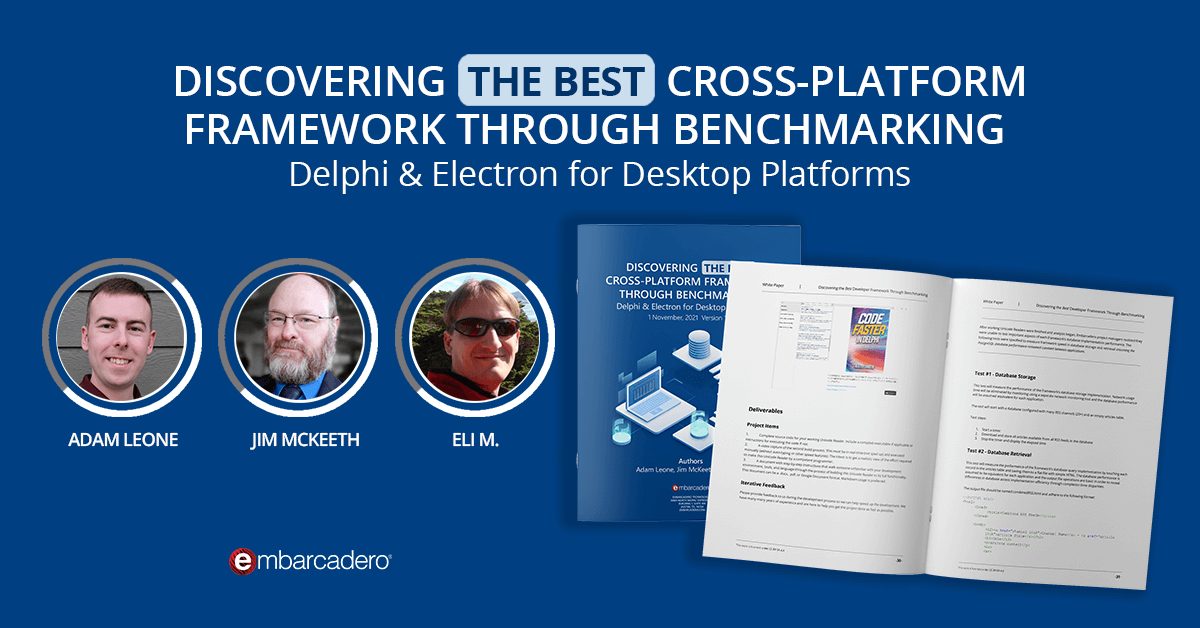
While the idea of integrated development environments (IDE software) dates back to 1983 when Borland launched TurboPascal, the first-ever editor-compiler integration, many believe the IDE wave really started with Microsoft’s Visual Basic and Delphi in the 1990s. Long vbefore even those early days, early developers would save their code on a variety of hard-copy mediums such as the IBM punch card machine o,r punched paper tape, turn it in over to a machine/computer operator, and wait, sometimes for hours, for the printout to return before the developer would know whether or not their program was successful and if, it was, what the output generated looked like. The next generation was an improvement, with such advances as time-sharing terminals, where the software developer could save their code on a remote computer The programmer still often had to wait several hours before their code could be compiled, executed and the results arrive back. Luckily things progressed rapidly until the advent of the personal computer era meant we developers could write, compile and execute our code all on one machine with the immediate gratification if it worked – or woe and angst when it didn’t.
Table of Contents
Did the rise of the Internet make IDEs essential?
However, the explosive growth of the internet accelerated the need for rapid application development (RAD); developers and businesses sought ways to abstract their ideas to higher languages, develop and deploy software faster, and ultimately become more productive. The success of Microsoft Windows highly graphical user interface offered – and demanded – solutions which were more instant and where the visual elements of the program’s user interface could be seen while designing, prior to deployment Hence the advent of Visual Basic and Delphi IDEs where screen design was WYSIWYG and a more tactile, responsive, intuitive experience.
Developers could now think of code in graphical terms and visually design applications by leveraging the drag and drop feature in these IDEs. While the development of the first Windows IDEs was met with great enthusiasm from developers, how they were treated will quickly pale in comparison to how we treat a Windows IDE today.
What are the key elements of an IDE?
Continuous advancement in technology has brought about massive improvements to the Windows IDEs. Over the years, we have seen integrated environments with features such as;
- Programmable editors
- Code refactoring engines
- Team collaboration systems
- Object and data modeling
- Build environments
- Debuggers
- Unit testing
- Static and dynamic program analysis.
Do Windows IDEs target Android/IOS/macOS/Linux and Windows?
With advances in technology, the Windows IDE now targets not just apps for Windows but also those of Android, iOS, macOS and Linux. For example, Delphi can compile to native 32-bit or 64-bit code for Windows using the VCL framework and compile to 32-bit or 64-bit code for Windows, macOS, Android, iOS, and Linux using the FMX framework. The key takeaway here is that all the apps are native apps not some kind of bloated interpretive virtual app environment framework. The native close to the metal nature of Delphi and C++ Builder apps means they run at the full speed of the underlying hardware with almost nothing between the device’s internals other than the operating system. This means they are scary fast and ridiculously reliable with great resistance to operating system changes in shared components that brings about a stability which makes Delphi apps ‘silently successful’ – their greatest benefit and partially their downfall since nobody complains that an app is good only putting pen to virtual paper when some obscure NPM package or open source Java logging library slaughters their apps (something to which Delphi is totally immune, by the way).
Windows continues to be the rapid application development environment for developing high-performance applications with rock-solid stability and reliability. With native cross-platform capabilities, more sophisticated visual design tools, and an integrated toolchain for rapidly designing and developing visually stunning apps to reach billions of users on Windows, macOS, iOS, Android, and Linux devices with a single codebase and responsive UI.
The IDE is a Windows-only tool but it can also be run on macOS in a Windows VM like Parallels. The apps it creates though can run on anything and have no such restrictions or requirements.
Is Windows IDE High DPI Compatible?
The Windows integrated development environment now supports “per monitor v2 High-DPI”, with full support for the latest 4k+ monitors, and cleaner, sharper fonts and icons throughout. For example, Delphi offers improved FMX High-DPI support for Windows and Desktop with a visibly superior desktop UI.
Do Windows IDEs support multiple screens?
Today, with a Windows development environment, you can design and edit code for the same form simultaneously in multiple windows. This increases developer productivity as they can easily make real-time edits without switching between Windows.
Let’s recap. A Windows IDE now targets Android/IOS/macOS/Linux and Windows. The IDE can also be run on macOS in a Windows VM like Parallels. We now have support for multiple screens, high DPI, as well as other modern features. But the core concepts of rapid application development and visually designing applications still hold true. Delphi has and will continue to be subject to technological advancements, as it keeps on improving to help developers stay in line with technological changes.
Try out RAD Studio Delphi for your by downloading a free trial today and start developing programs for Windows, iOS, Android, macOS, Linux and the Web.
Design. Code. Compile. Deploy.
Start Free Trial Upgrade Today
Free Delphi Community Edition Free C++Builder Community Edition





